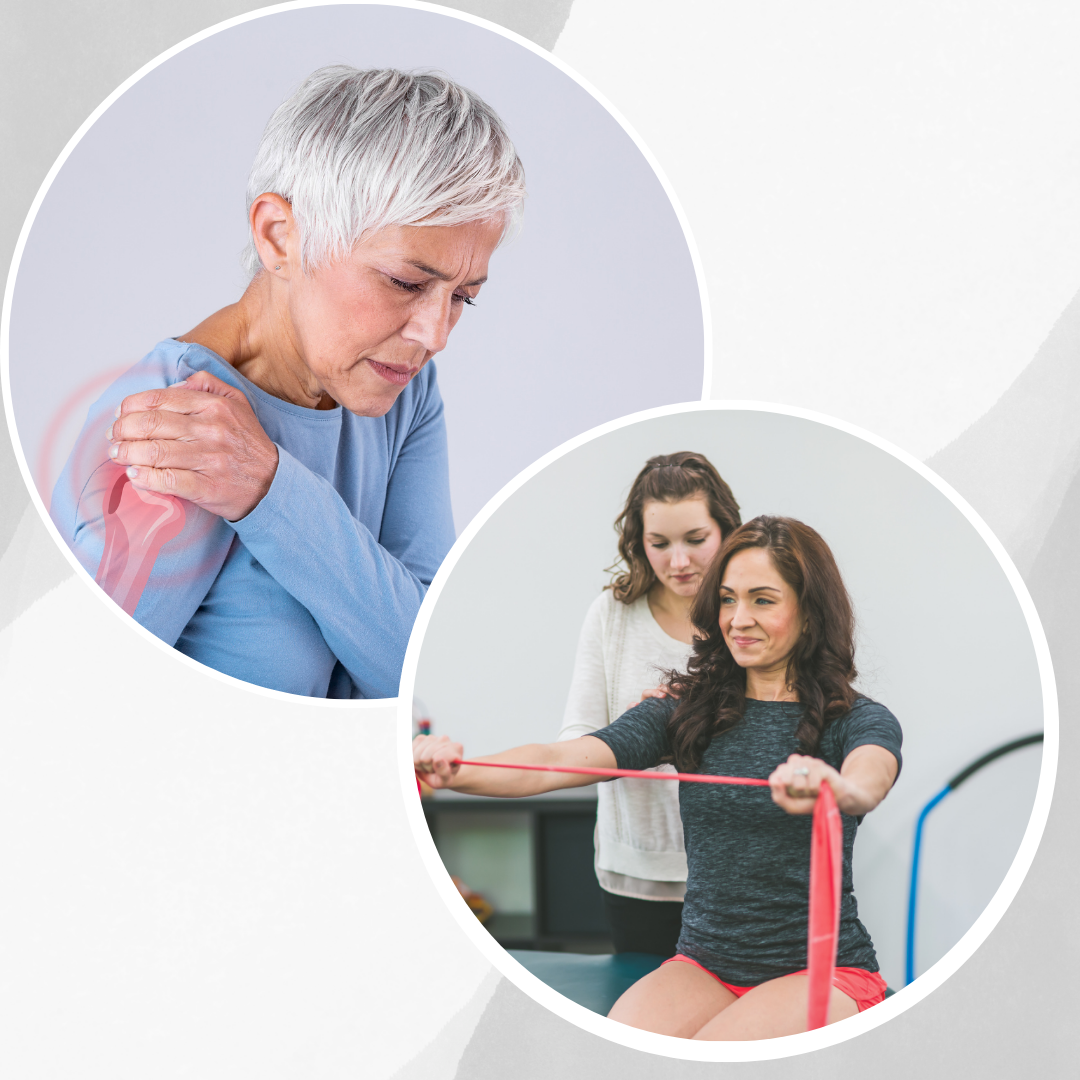
The Pain Management Program at the UTHealth Houston Institute for Stroke and Cerebrovascular Diseases provides clinical care and conducts cutting-edge research focused on pain after stroke.
Pain after stroke is common and can arise from different mechanisms. Not all post-stroke pain is the same. Stroke survivors may experience various types of pain, including shoulder pain, central post-stroke pain, spasticity- and contracture-related pain, neuralgia, or headache. The onset of pain also varies — some experience it within days, while others may not feel pain until months or even years after a stroke.
Neural injury from stroke refers to damage or dysfunction affecting the nervous system, including the brain, spinal cord, and peripheral nerves. This type of injury can lead to symptoms such as pain, numbness, weakness, and loss of function.
Post Stroke Pain Hurdles
Post-stroke pain is an under-recognized complication of stroke. Untreated pain after stroke inhibits the ability for stroke survivors to participate in critical rehabilitation programs, and leads to loss of function, worsened depression, cognitive decline, and adds to the risk of second stroke.
More than 50% of stroke survivors will have post-stroke pain. However, many healthcare providers lack comprehensive training or knowledge regarding post-stroke pain management. Consequently, post-stroke pain can be inadvertently overlooked and untreated due to health care providers’ lack of familiarity with effective pain assessment and management strategies. Our program aims to highlight the importance of assessing pain in stroke survivors, particularly those who can't tell us they are in pain. Imagine devising rehabilitation strategies unrestricted by the barriers pain often presents.
Interventional practices for managing pain associated with neural injuries aim to alleviate symptoms, improve function, and enhance quality of life for affected individuals. Traditional approaches often include medication treatment with difficult to tolerate side effects like feeling cloudy, fuzzy, and/or sleepy – symptoms that can greatly impair stroke survivors’ quality of life.
How Can We Help You With Your Post-Stroke Pain?

Are you a stroke survivor facing persistent pain? The Stroke Institute is here to support you on your journey to recovery. Whether you're seeking comprehensive pain assessment and tailored treatment, specialized therapy referrals, or participation in groundbreaking research, our team is dedicated to providing compassionate care and empowering you to regain optimal function and well-being.
Reach out to us today to explore how we can collaborate in your rehabilitation and pain management journey.
Contact: [email protected]
Be a Part of Cutting-Edge Research At The Stroke Institute!
Join our Stroke Research Registry to express your interest in post-stroke pain research studies. By joining you will have a unique opportunity to contribute to groundbreaking advancements in stroke rehabilitation and pain management. Your input is invaluable in shaping the future of treatments aimed at alleviating post-stroke pain and improving quality of life for survivors. By sharing your experiences and preferences, you directly influence the development of targeted interventions and may ultimately benefit from access to innovative therapies. Your participation is not only a way to advocate for yourself but also to make a meaningful impact on the broader stroke community.